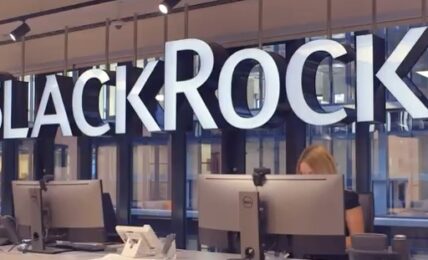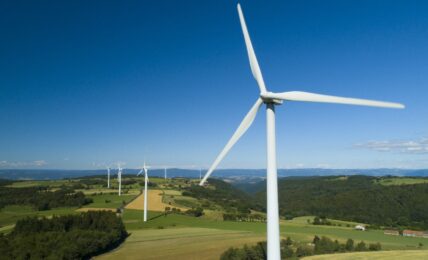The U.S. Department of Energy (DOE) announced the launch of a new Funding Opportunity Announcement (FOA), with up to $500 million available for projects expanding CO2 transport infrastructure capacity, aimed at supporting the future growth of the U.S. carbon capture and storage industry.
Funding under the new program is being made available under the Bipartisan Infrastructure Law, which allocates approximately $6.5 billion over five years in funding to carbon management projects and initiatives, including carbon sequestration and transport infrastructure, Direct Air Capture, and carbon utilization programs.
According to the landmark Intergovernmental Panel on Climate Change (IPCC) climate change mitigation study released in 2022, scenarios that limit warming to 1.5°C include carbon dioxide removal methods scaling to billions of tons of removal annually over the coming decades. The carbon removal and storage sector will need to develop rapidly in order to meet these climate goals, however, with most CO2 capture solutions still at early stages and limited in scale, and major investments required in infrastructure to transport and store carbon once captured.
The DOE noted that the U.S.’ carbon transport system, encompassing methods such as pipelines, trucks, and freight, currently transport almost 60 million metric tons of CO2 annually, while 400–1,800 million tonnes of CO2 will need to be captured and permanently stored annually in the U.S. in order to meet the country’s net zero commitments by 2050.
Brad Crabtree, Assistant Secretary of Fossil Energy and Carbon Management, said:
“To successfully achieve our climate goals, it is critical to ensure that we have adequate infrastructure in place to accommodate the growing volumes of carbon dioxide over the next 25 years that we must capture from industrial facilities, power plants, and future direct air capture projects and then transport to geologic formations for permanent storage.”
The new FOA will provide grants under the DOE’s Carbon Dioxide Transportation Infrastructure Finance and Innovation (CIFIA) program, offering financial assistance for the design, development and construction of CO2 transport capacity up front, that can be made available for future carbon capture and direct air capture facilities as they are developed, and for carbon storage and conversion sites as they enter into operation.
Transport systems eligible under the FOA may include pipelines, rail, trucks, and barges or ships, and must connect two or more CO2 emitting sources to one or more conversion sites or secure geologic storage facilities.
The DOE added that it is interested in projects in different regions, in order to increase understanding of varying transport costs, modes and network configurations, , in addition to technical, regulatory, and commercial considerations, to help inform its research and development strategy, and to encourage commercial-scale deployment of carbon capture and storage and CO2 removal.
Crabtree said:
“Making investments in additional transportation capacity now allows us to plan ahead for future growth and take advantage of economies of scale, resulting in significant monetary and environmental benefits by avoiding unnecessary future construction of separate, redundant transport networks.”



